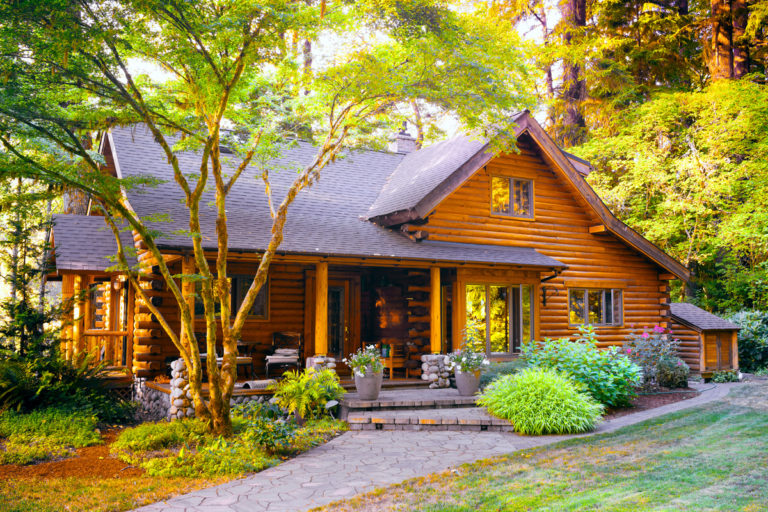For many, our homes bring up images of protection, comfort, and security. After spending so much money, time, and effort purchasing or renting a property, many of us overlook the risks or mishaps that could happen.
But there is the fact that most accidents happen within our home. It occurs particularly for households with minor children or elderly members. That’s why it’s critical to take the required and often relatively simple precautions. The last thing anyone wants to happen is to find themselves in a life-threatening scenario and realize it’s too late to intervene.
Home Safety
Household safety, along with many other things, starts with consciousness. Identifying and reducing hazards in your homes is the initial step to prevent these circumstances, although awareness in itself will not be enough to keep your family protected. Nonetheless, it will help you in getting started. Once you’ve learned about the numerous home risks and how to avoid them, you can devote time and effort to making your house safer.
Falls
When it comes to residential mishaps, accidents from falls are the leading cause of mortality. They account for almost a third of all deaths. This sort of risk has the most significant impact on the elderly. Aside from fatalities, the complications that arise when an older person falls are even more critical. While younger individuals face the risk of breaking bones, an older adult with a fracture is a significantly more severe condition in terms of mending.
It’s best to install safety gates at the high and low ends of stairwells, especially if you have children. More so, ensure sufficient lighting and that railings and stairs are sturdy and well-maintained to keep everyone safe. To minimize falls, elderly adults with limited mobility might consider setting up stairlifts or relocating to a house without steps.
Poisoning
Unintentional poisoning is the second-highest fatality in the world, with thousands of deaths each year. It is an incredibly depressing number since most inquisitive young toddlers are at risk of such dangers. If you don’t want to be a part of the statistics, it’s vital to follow preventive measures to keep your kids safe.
If you happen to keep cleaning chemicals or hazardous substances inside the house, you should put these items in higher cabinets out of reach of little children. If you keep them in lower cabinets, make sure you have some affordable childproof locks on them.

Water Safety
If the chemical balance in your pool is consistently high, you will begin to notice some severe issues. It might be unsafe for swimmers since it eliminates the advantages of chlorine and raises significant health problems.
It might take a little more time and effort to bring your pool’s chemistry levels back in order once they’ve been out of control. Traditional practices involve the use of chemicals to restore pool balance. Liquid acids lower pH levels in pools similarly when dissolving calcium buildup on tiles and treating steel materials.
But with today’s innovative alternatives, there are more eco-conscious replacements to these chemicals. Using carbon dioxide technology, you can maintain a precise balance in your pool water without using hazardous substances. It encourages safer handling, preventing risks such as skin irritation and acid spills.
Fire Hazards
Fires can quickly take lives, making them another cause of death in house accidents. But, you can prevent future casualties and terrible injuries to loved ones, as well as damages to your house and valuables.
Consider installing a smoke-detection home automation system. This device will set off an alarm, much like a regular smoke detector, while automatically notifying the local fire department. Doing so will alert the authorities to the situation and dispatch assistance as soon as possible. It is a particularly crucial feature, especially if the fire renders residents unable to respond due to smoke intoxication.
Sharp Objects
We all seem to have lots of sharp things around the house that are useful, yet they could very well be dangerous in the wrong hands, especially for little children. It would be best to store kitchen and garden tools properly on kitchen shelves and garden sheds, respectively. When using new tools, it pays to follow safety guidelines and use them with care. Keep an eye out for falling and tripping concerns, as well as electrical hazards.
Safety risks are not only for the elderly and little ones; anyone inside your home can experience an unwanted injury. Coping with a serious disaster that you could have forestalled would leave you feeling guilty for the rest of your life. For that, doing your best to avoid its possibility is your best weapon.

